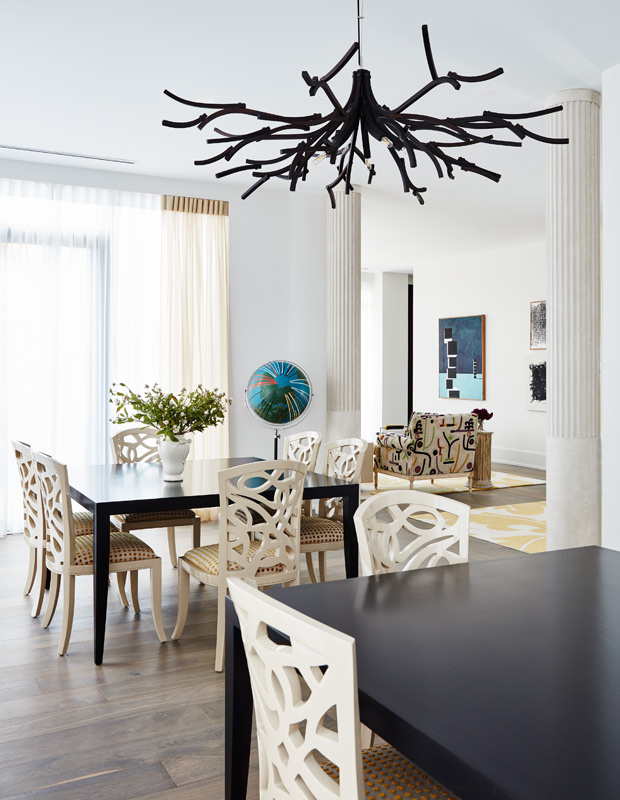The retail industry is experiencing a seismic shift, driven by rapid technological advancements and evolving consumer expectations. In this dynamic landscape, innovative retail experience design is crucial for brands aiming to captivate and retain customers. As a Metaverse retail expert, I’ll delve into cutting-edge strategies that leverage the principles of Metaverse to create unparalleled retail experiences. We’ll explore the concepts of retail experience design, metaverse retail experience, and metaverse retail stores, providing actionable insights for forward-thinking businesses.
Understanding Retail Experience Design
Retail experience design encompasses the planning and execution of customer interactions within a retail environment, both physical and digital. The goal is to create immersive, engaging, and memorable experiences that enhance customer satisfaction and drive sales. Key elements include store layout, visual merchandising, customer service, and the integration of technology.
Key Principles of Retail Experience Design
-
Customer-Centricity: Prioritize the needs and preferences of customers. Design experiences that resonate with their values and lifestyles.
-
Seamless Integration: Blend online and offline channels to create a unified, omnichannel experience.
-
Personalization: Use data-driven insights to offer personalized recommendations and tailored experiences.
-
Interactivity: Incorporate interactive elements that engage customers and encourage participation.
-
Sustainability: Implement eco-friendly practices and highlight sustainability initiatives.
The Metaverse: A New Frontier in Retail Experience Design
The Metaverse represents the next frontier in retail experience design. This interconnected virtual universe offers immersive, interactive environments where customers can explore, socialize, and shop. Let’s examine how the Metaverse is revolutionizing retail experience design.
Creating Metaverse Retail Stores
Metaverse retail store is virtual spaces where brands can showcase products, interact with customers, and offer unique shopping experiences. These stores transcend the limitations of physical locations, providing endless possibilities for creativity and engagement.
Steps to Create a Metaverse Retail Store
-
Choose the Right Platform: Select a Metaverse platform that aligns with your brand’s goals and target audience. Popular platforms include Decentraland, Sandbox, and Horizon Worlds.
-
Design the Virtual Space: Work with 3D designers to create a visually appealing and user-friendly virtual store. Focus on aesthetics, navigation, and interactivity.
-
Integrate E-commerce Functionality: Ensure seamless e-commerce capabilities, including virtual shopping carts, secure payment gateways, and real-time customer support.
-
Develop Interactive Features: Incorporate elements like virtual try-ons, product demos, and gamification to engage customers.
-
Market Your Metaverse Store: Use social media, email marketing, and influencer collaborations to promote your virtual store.
Enhancing the Metaverse Retail Experience
To truly captivate customers in the Metaverse, brands must go beyond traditional retail strategies. Here are innovative approaches to enhance the Metaverse retail experience.
Personalized Avatars and Experiences
Personalization is key to creating meaningful connections with customers. In the Metaverse, brands can offer customized avatars that reflect individual preferences and styles. Additionally, personalized virtual environments and tailored product recommendations can elevate the shopping experience.
Virtual Events and Community Building
Hosting virtual events, such as product launches, fashion shows, and interactive workshops, can generate excitement and drive engagement. These events foster a sense of community, allowing customers to interact with the brand and each other in a dynamic, social setting.
Immersive Storytelling
Narrative-driven experiences captivate customers and create lasting impressions. Brands can leverage the Metaverse to tell compelling stories that resonate with their audience. For example, a fashion brand might create a virtual journey that showcases the inspiration behind a new collection, complete with immersive visuals and interactive elements.
Gamification
Incorporating game-like elements into the retail experience can make shopping fun and engaging. Brands can create virtual quests, challenges, and rewards that incentivize exploration and participation. This approach not only enhances the customer experience but also encourages repeat visits.
Retail Experience Design in the Physical World
While the Metaverse Technology offers exciting possibilities, innovative retail experience design remains crucial in the physical world. Here are strategies to elevate the in-store experience.
Integrating Technology
Technological integration can transform traditional retail spaces into futuristic environments. Key technologies include:
-
Augmented Reality (AR): Enhance product exploration and visualization with AR features. Customers can use their smartphones to see how products fit into their lives.
-
Interactive Displays: Touchscreens, smart mirrors, and digital kiosks provide interactive, informative experiences.
-
IoT Devices: Utilize IoT technology to gather data, personalize experiences, and streamline operations.
Creating Immersive Environments
Immersive environments captivate customers and encourage exploration. Consider elements such as:
-
Thematic Design: Create a cohesive theme that reflects your brand’s identity and story.
-
Sensory Experiences: Engage multiple senses through lighting, sound, scent, and texture.
-
Interactive Installations: Install interactive displays and installations that invite customers to participate and engage.
Enhancing Customer Service
Exceptional customer service is a cornerstone of effective retail experience design. Train staff to provide personalized, knowledgeable assistance. Incorporate technology, such as AI-powered chatbots, to offer real-time support and recommendations.
Sustainability and Ethical Practices
Consumers increasingly prioritize sustainability and ethical practices. Highlight your brand’s commitment to these values through eco-friendly store designs, sustainable product offerings, and transparent communication.
Future Trends in Retail Experience Design
The future of retail experience design is shaped by emerging trends and technologies. Here are key trends to watch:
Blending Physical and Digital
The lines between physical and digital retail are blurring. Brands are creating seamless, omnichannel experiences that allow customers to transition effortlessly between online and offline shopping.
AI and Machine Learning
Machine learning and AI in Metaverse are revolutionizing personalization and customer insights. These technologies enable brands to analyze data, predict trends, and offer tailored experiences.
Virtual and Augmented Reality
VR and AR are becoming integral to retail experience design. These technologies offer immersive product explorations, virtual try-ons, and enhanced visualization.
Blockchain and NFTs
Blockchain technology and NFTs are introducing new dimensions to retail. Brands can use NFTs to offer exclusive digital assets and create unique, verifiable experiences.
Social Commerce
Social commerce is gaining momentum, with brands leveraging social media platforms to offer shopping experiences. In the Metaverse, social interactions and community-building will play a crucial role in driving engagement.
Conclusion
Innovative retail experience design is essential for brands looking to thrive in the evolving retail landscape. By embracing the principles of Metaverse and leveraging cutting-edge technologies, businesses can create immersive, engaging experiences that captivate customers and drive sales. As a Metaverse retail expert, I’ve provided insights into the strategies that can propel your brand into the future of retail.




